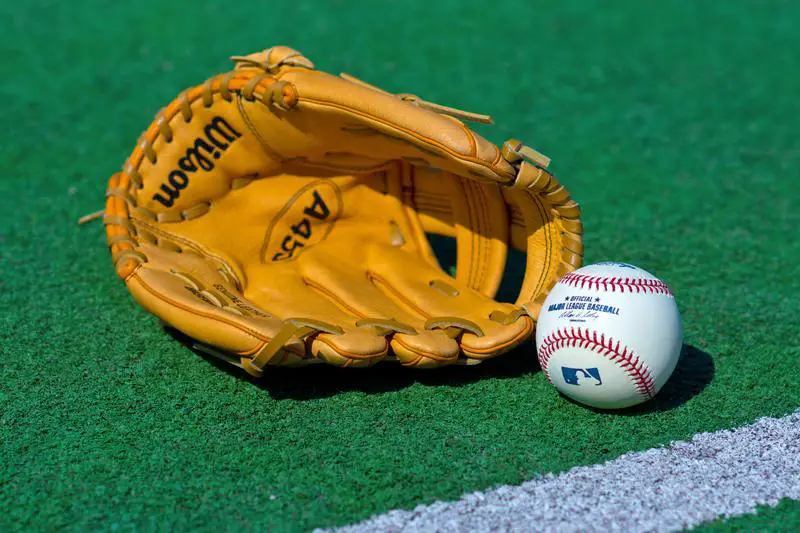Baseball Hall of Famer Ryne Sandberg died Monday at age 65 at his home, surrounded by family, following a battle with metastatic prostate cancer. The legendary Chicago Cubs second baseman passed away on July 28, 2025, after announcing his cancer diagnosis in January 2024.
Sandberg initially reported being cancer-free in August 2024 following chemotherapy and radiation treatments. However, he posted on Instagram on December 10 that his cancer had returned and spread to other organs. His final public message came via Instagram on July 14, 2025, where he thanked fans for their support and messages while continuing his fight against the disease.
The Spokane, Washington native was selected by the Philadelphia Phillies in the 20th round of the 1978 amateur draft. After making his major league debut in 1981 with Philadelphia, going one-for-six in 13 games, Sandberg was traded to Chicago in January 1982 along with Larry Bowa for veteran infielder Ivan De Jesus. The trade became one of the most lopsided deals in baseball history.
During his 15 seasons with Chicago from 1982 to 1997, Sandberg established himself as one of baseball’s premier second basemen. He compiled a .285 batting average with 282 home runs, 1,061 RBIs and 344 stolen bases. The 10-time All-Star won nine consecutive Gold Glove Awards and earned seven Silver Slugger Awards throughout his career.
Sandberg’s most celebrated season came in 1984 when he captured National League MVP honors. He batted .314 with 19 home runs, 84 RBIs, 32 steals, 19 triples and 114 runs scored, leading the Cubs to the NL East title. The season featured what became known as “The Sandberg Game” on June 23, 1984, when he homered twice and drove in seven runs in a 12-11 victory over St. Louis in 11 innings.
Cubs Chairman Tom Ricketts indicated that Sandberg would be remembered as one of the all-time greats in nearly 150 years of the historic franchise. Major League Baseball Commissioner Rob Manfred described Sandberg as a legend of the Chicago Cubs franchise and a beloved figure throughout Major League Baseball, praising his combination of power, speed and work ethic.
The Cubs announced they would wear a special jersey patch to commemorate Sandberg for the remainder of the 2025 season. The organization plans additional tributes, including having all players wear Sandberg’s No. 23 jersey without names on the back during their Saturday home game against the Baltimore Orioles at Wrigley Field. The team will don the iconic pullover blue jerseys that Sandberg wore during the 1980s, with the jerseys later auctioned for cancer research.
Sandberg led the Cubs to another playoff appearance in 1989, hitting .290 with 30 home runs as Chicago won the NL East. He set a career high with 40 home runs in 1990, leading the National League, and drove in a career-best 100 runs in both 1990 and 1991. When he retired after the 1997 season, he held the record for most home runs by a second baseman in major league history.
Following his playing career, Sandberg managed in the minor leagues with Chicago and Philadelphia before serving as third-base coach for the Phillies. He was promoted to interim manager when Charlie Manuel was fired in August 2013, compiling a 119-159 record before resigning during the 2015 season.
Sandberg was inducted into the Baseball Hall of Fame in 2005, receiving 76.2 percent of the vote by the Baseball Writers’ Association of America in his third year on the ballot. The Cubs retired his No. 23 that same season. In June 2024, the Cubs unveiled a statue of Sandberg outside Wrigley Field, celebrating 40 years since his legendary performance against the Cardinals.
Former teammate Shawon Dunston revealed on MLB Network that in Sandberg’s final days, he wanted to speak with longtime teammates Andre Dawson and Mark Grace. Dunston noted that Sandberg “told us that he loved us and he loved all you fans too.”
Hall of Fame pitcher Greg Maddux described Sandberg as a great teammate and player who led by example on the field and served as a mentor off it. Cubs President of Baseball Operations Jed Hoyer characterized him as a superhero in Chicago, comparing his impact to Michael Jordan and Walter Payton during their overlapping era in the city.


